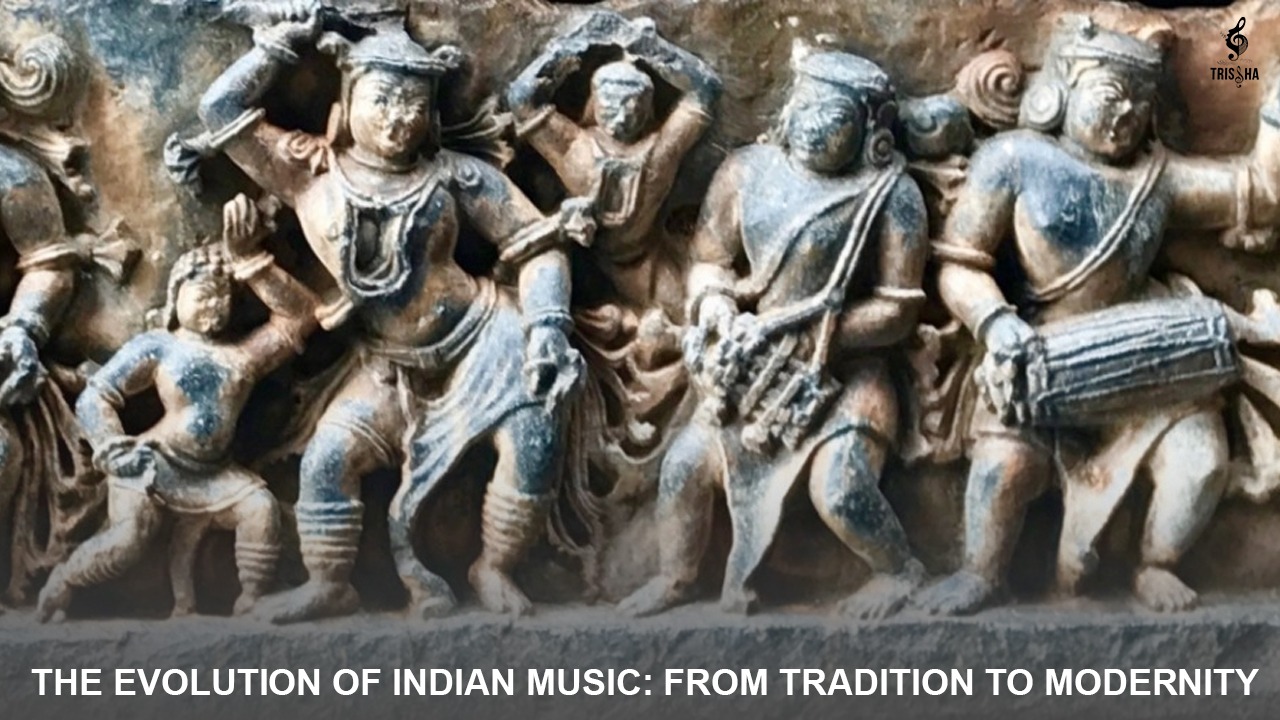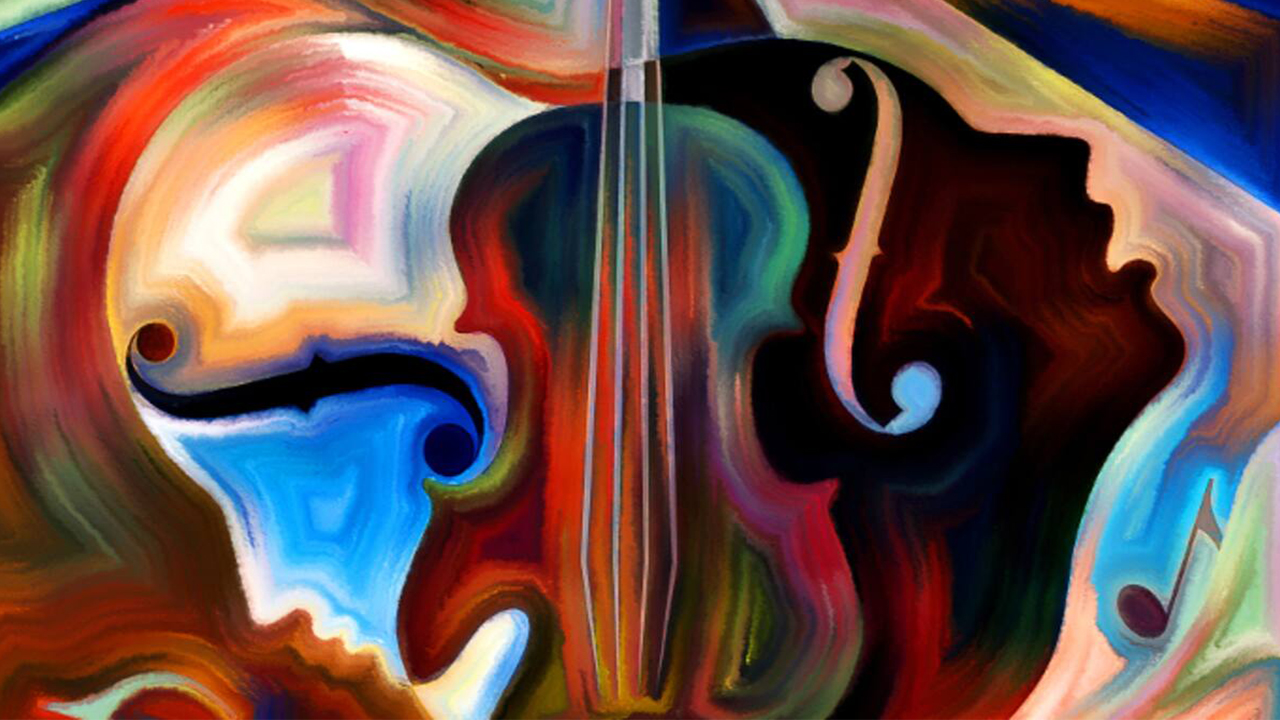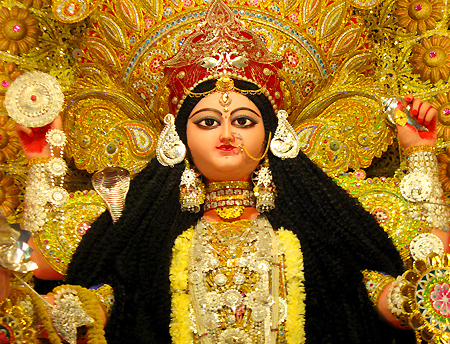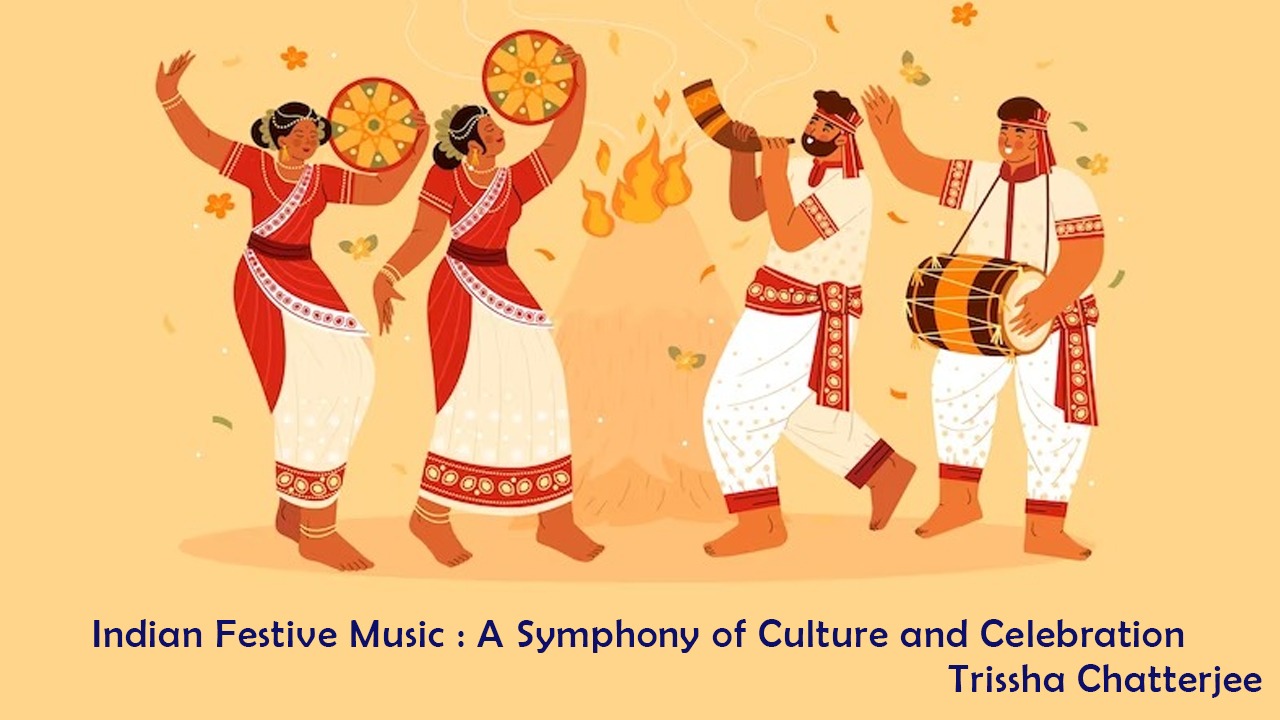The Evolution of Indian Music: From Tradition to Modernity
India’s musical heritage is a tapestry woven with threads of tradition, innovation, and cultural diversity. Over centuries, Indian music has transformed, reflecting societal changes, technological advancements, and artistic experimentation. In this blog, we’ll explore how Indian music evolved from its classical roots to the vibrant modern sounds we cherish today.
- Traditional Indian Music: A Timeless Legacy
Classical Music: The Soul of India
Classical music forms the bedrock of Indian musical expression. The two major traditions—Hindustani and Carnatic—have distinct styles, yet both emphasize intricate melodies, improvisation, and emotional depth. Vocalists and instrumentalists master ragas (melodic frameworks) and talas (rhythmic cycles), creating soul-stirring compositions. Instruments like the sitar, tabla, veena, and flute resonate with centuries-old wisdom.
Folk Music: Songs of the Soil
India’s diverse regions boast a rich tapestry of folk music. From Baul songs of Bengal to Bihu tunes of Assam, each state celebrates its unique culture through music. Folk songs narrate stories of love, nature, and daily life. Instruments like the dholak, ektara, and shehnai accompany these rustic melodies. Folk music bridges generations, connecting rural communities with their roots.
- Bollywood’s Golden Era: A Musical Revolution
The Birth of Playback Singing
In the 1930s, Indian cinema emerged as a powerful medium, and music became integral to storytelling. Playback singers like Lata Mangeshkar, Mohammed Rafi, and Geeta Dutt lent their voices to iconic film songs. Composers like S.D. Burman, Shankar-Jaikishan, and R.D. Burman blended traditional tunes with Western harmonies. Bollywood’s golden era produced timeless melodies that still resonate.
Instruments and Arrangements
As Bollywood evolved, so did its musical arrangements. The harmonium and tabla were joined by electric guitars, drums, and synthesizers. Composers experimented with orchestration, creating lush soundscapes. Songs like “Mera Jeevan Kora Kagaz” and “Tere Bina Zindagi Se” exemplify this fusion of tradition and modernity.
- Fusion and Experimentation: The Contemporary Scene
Pop, Rock, and Indipop
The late 20th century witnessed a surge in pop music. Bands like Euphoria and Colonial Cousins blended Indian melodies with Western rock beats. Indipop artists like Alisha Chinai and Baba Sehgal gained popularity. Their music appealed to urban youth, bridging the gap between classical and contemporary sensibilities.
Electronic Dance Music (EDM) and Remix Culture
The 2000s saw EDM infiltrate Indian music. Remixes of old classics became club anthems. DJs like Bally Sagoo and DJ Suketu reimagined hits, introducing them to a new audience. Bollywood embraced remixes too, reviving nostalgia while embracing modern beats.
- Digital Revolution: Music in the Age of Streaming
Streaming Platforms and Independent Artists
The digital age democratized music consumption. Streaming services like Spotify, Gaana, and YouTube allow listeners to explore diverse genres. Independent artists find a global audience, releasing singles and albums online. Genres like fusion, sufi-rock, and indie-pop thrive, pushing boundaries.
Collaborations and Global Influences
Indian musicians collaborate with international artists, blending genres effortlessly. A.R. Rahman’s fusion with Western orchestras, Neha Kakkar’s chart-topping hits, and Prateek Kuhad’s indie ballads exemplify this global fusion. Music transcends borders, uniting hearts.
In conclusion, Indian music’s journey—from ancient ragas to contemporary beats—mirrors our evolving society. Let’s celebrate this melodic odyssey, preserving tradition while embracing the symphony of change.







There are no comments